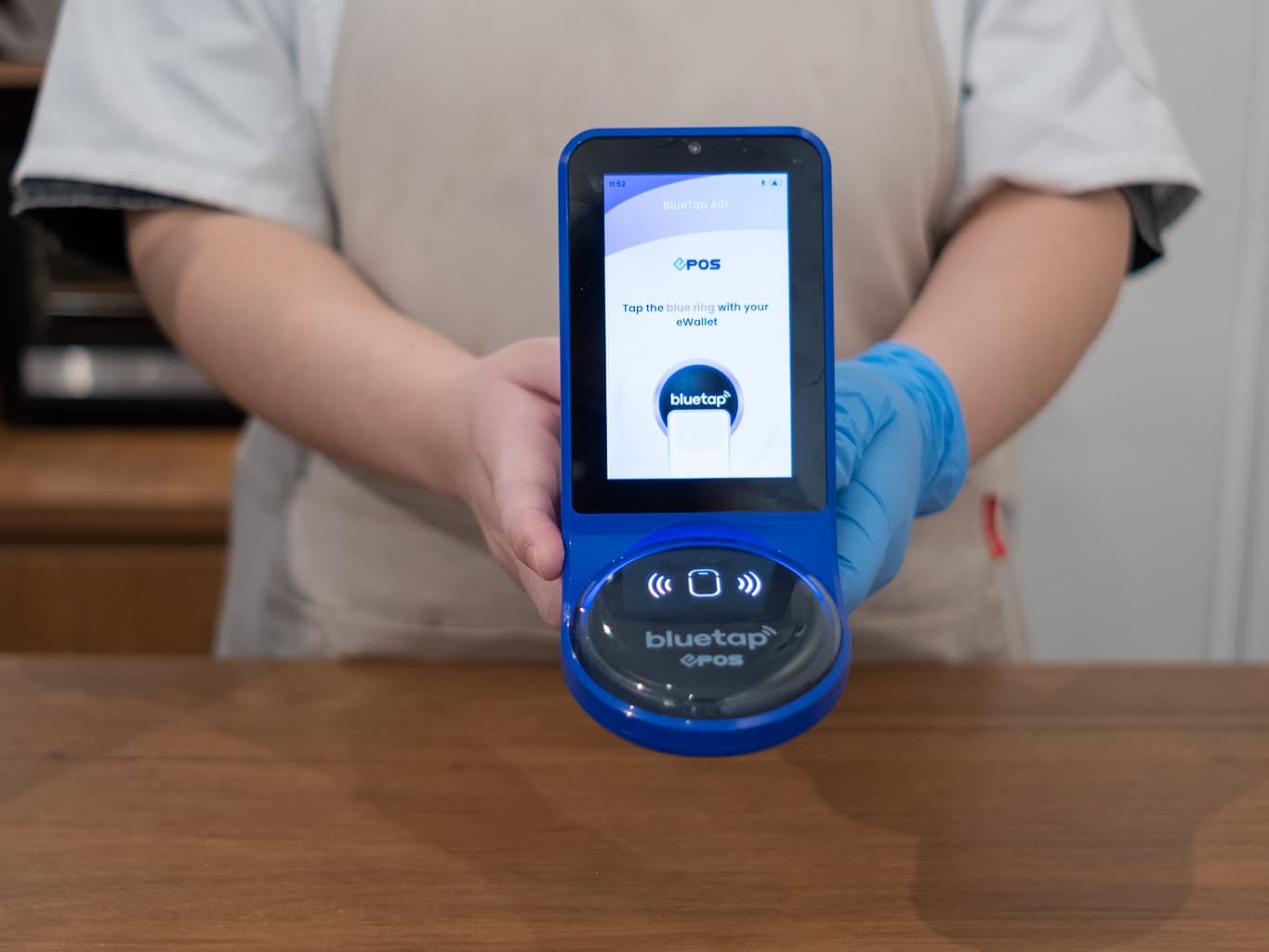
Written by Vikrant Nishandar
July 2024
In an interconnected world, positioning products that cater to diverse global markets is both an opportunity and a challenge. To succeed in a macroeconomy, it is crucial for fintech companies to design products that meet the needs and preferences of varied cultures, languages, and regulations. Here is a practical guide on how to get it right the first time.
Understand the local culture
Since each market or region has its cultural nuances, it is vital for companies to perform local research and undergo training, if necessary, to understand the culture.
- Research the market. Market research helps to understand the varied market dynamics, identify opportunities, and mitigate risks to ensure each product meets customer-centric requirements. Research methods include focus groups, advanced technologies like artificial intelligence (AI), and the use of social media to acquire local market feedback. Surveys, data analytics, and questionnaires also prove helpful.
- Be culturally sensitive. To foster acceptance, it is critical to think about the product build and the ease with which the local culture can engage with it. Fintech companies can cross-reference data sources using resources such as FactLink to capture diverse demographic analyses and update data based on feedback. Cultural training with the global team based in the locality is also essential.
- Match the local language. Language is complex, and an online translation service is not enough. Regional teams can help validate language translation and cultural nuances daily.
- Design in separate languages. Separate user and style guides are beneficial for the language in a particular target region.
Customize and collaborate locally
Collaboration with local entities who can navigate the local culture and nuances builds trust with the local community. This can be especially important when launching a new fintech product.
- Build local alliances. Strategic partnerships or a regional hub can provide a localized presence.
- Provide local services. A local or regional hub can address service issues, answer questions, and support regional brand loyalty.
- Learn the local regulatory requirements. Local regulations must be followed to ensure products meet quality standards. Regional partners will help to navigate the regulatory/compliance landscape, and since they continually monitor changes, a company can be proactive rather than reactive in its product strategy. Non-compliance penalties can be quite high, especially in the financial sector. For example, when opening a bank account in India, an applicant must meet 10 requirements, which can vary based on region. A local presence can aid in ensuring compliance.
Focus on inclusive design
Inclusive design in fintech products incorporates the three fundamental principles of accessibility, usability, and cultural reference to ensure a product is available to people of diverse abilities and backgrounds.
- Include both standardization and customization. It is essential for companies to adopt a modular design approach, where parts not exposed to users can be standardized while exposed elements can be customized.
- Maintain a standard of excellence. Products require consistent standards of excellence across markets to ensure customer satisfaction and reduce customer inquiries. This requires vigorous testing and continuous marketing to identify issues and maintain a high-quality product.
Real-world examples in the financial sector
Several examples demonstrate how fintech companies have evolved and adapted their products for the global market:
- WISE. WISE revolutionized how the industry regulates money transfers for millions of customers worldwide by providing more affordable and efficient transactions. Its leaders leveraged technology, understood customer-centricity, and learned how to disrupt technology to facilitate transfer services. Previously, money transfers had to be executed through a bank; now, they can be done in half the time at a tenth of the cost.
- Alipay. Alipay began in China, and by involving local merchants and banks in compliance with legal regulations, it expanded beyond China to provide seamless transactions for local money transfers. In 2023, Alipay partnered with Mastercard to offer international arrivals to China a secure way to pay like a local when traveling through mainland China.
- BharatPe Money. BharatPe Money revolutionized cashless payments throughout India as a holistic platform for offline merchants and small businesses to use for payment transactions.
Marketing strategies for building a global brand
A fintech company’s marketing strategy depends heavily on where the product is launched. Adapting marketing strategies for global markets requires a careful balance between maintaining a consistent brand image and being flexible enough to cater to local preferences and conditions. Strategies to consider include:
- Cultural adaptation. Create tailored marketing messages, visuals, and branding to align with local cultural values, traditions, and preferences.
- Localized content. Address the local market directly in terms of language and context.
- Market segmentation. Segment by regional characteristics such as demographics, psychographics, and buying behaviors.
- Flexible pricing strategies. Reflect local economic conditions, purchasing power, and competitive landscape.
- Digital and social media marketing. Create engagement with target audiences.
- Customer-centric approach. Understand and meet the specific needs and preferences of local customers.
- Regulatory compliance. Ensure all marketing activities comply with local laws and regulations.
- Consistent global brand image with local flexibility. Outline core brand values and messaging and allow local teams to customize elements locally.
Prepare for the future
AI has revolutionized the way of the future, and companies in every sector are motivated to utilize AI data for predictive analysis, insights into consumer needs, and market research. In addition, sustainability and ethical practices will become more prominent. Organizations that do not embrace the new technologies and practices will fall behind.
One question is how to balance building a global brand and a local presence, or, in other words, maintaining brand consistency while adapting to local markets. The answer is to ensure that cultural, global, and local aspects are on point when launching a new product or service.
About the Author:
Vikrant Nishandar is a dynamic global head of product with more than 15 years of experience in driving innovation, building high-performing global teams, and leveraging AI and automation. He has a bachelor’s degree in technology and a Master of Business Administration and Finance. Vikrant excels in developing industry-defining products, fostering collaboration, and aligning product strategies with organizational goals to deliver exceptional value and maintain market leadership. Connect with Vikrant on LinkedIn.


